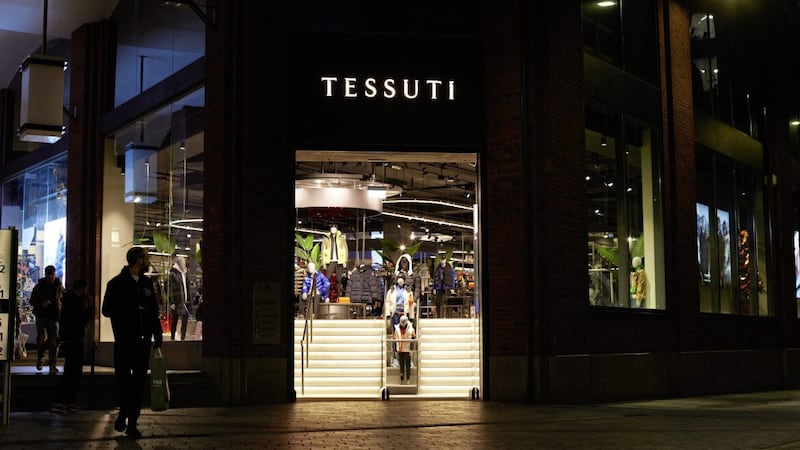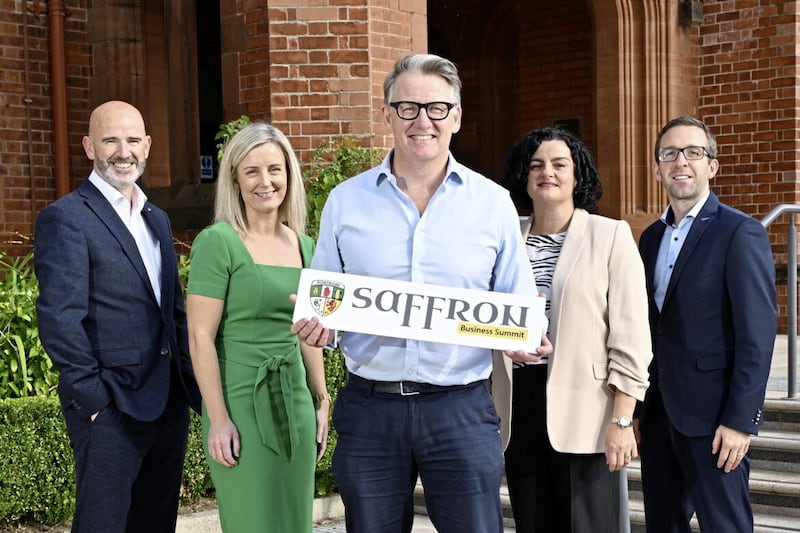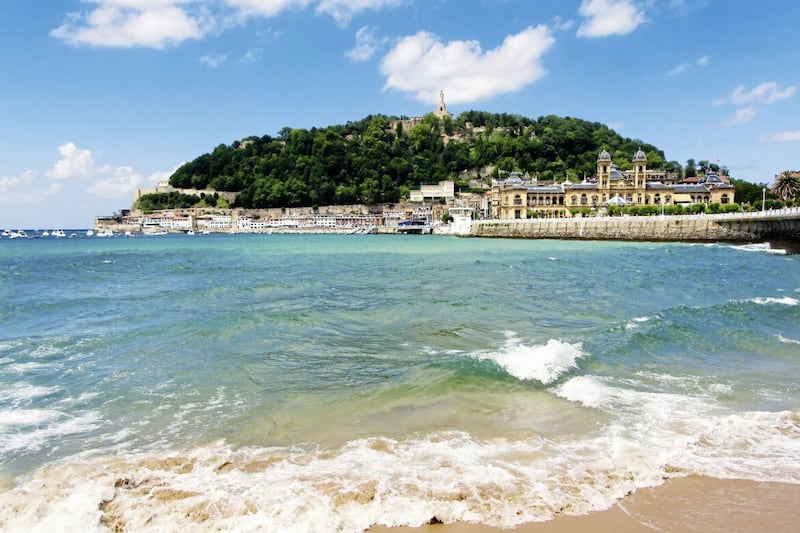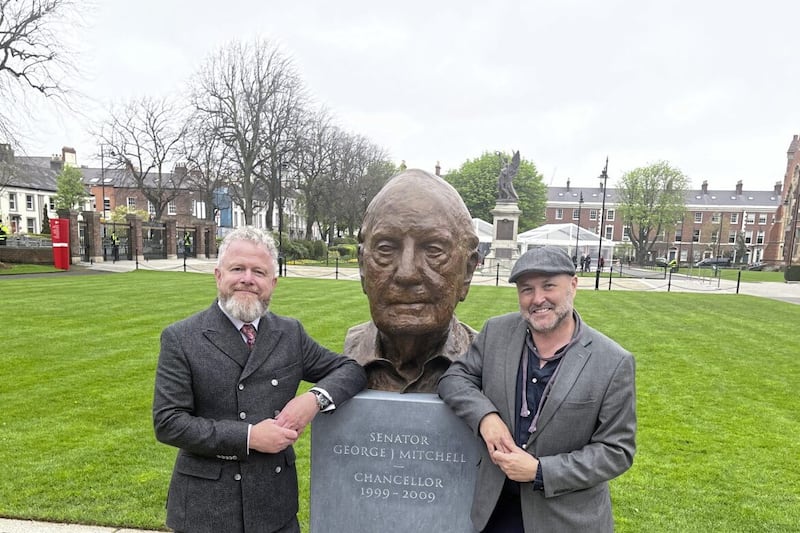AT the end of March, I attended the ten-year celebration of Titanic Belfast, the visitor attraction that has transformed tourism here.
It was an excellent event which included a presentation from Deloitte’s Colin Mountstephen on the economic impact of Titanic Belfast: a whopping £430m of tourism spend with 6.5 million visitors attending over those first ten years.
No other single tourism asset here comes close to those numbers. The event actually prompted me to go back and visit again, if you haven’t been, you should go, it’s a superb exhibition.
The event also prompted me to think back to the creation of Titanic Quarter, the 185-acre regeneration of Queen’s Island from the hub of Belfast’s shipbuilding industry to one of the most ambitious pieces of waterfront development anywhere in the world.
Attending the Titanic Belfast event was the Donegal man, Pat Doherty, who took the huge risk of buying the development rights and created the vision by bringing in the architect who master-planned the entire area and designed Titanic Belfast, Eric Kuhne.
Unfortunately, Kuhne passed away in 2016 but he left a serious legacy in Belfast with one of his key themes being innovation.
Kuhne was inspired by the innovation that drove Belfast’s Victorian industrial successes, much of it in shipbuilding on Queen’s Island. Kuhne felt that Titanic Quarter had the opportunity to reinvent that innovation in new industries with new technology.
The work had already started with the foundation of the Northern Ireland Science Park and Queen’s University’s decision, largely driven by Sir John McCanny, to locate its Electronics, Communication and Information Technology Institute (ECIT) there.
In the last twenty years, the Science Park, now rebranded as Catalyst has exceeded all expectations and is continuing to grow under the leadership of Steve Orr.
Quite a few readers of this article, I suspect, have never heard of Catalyst but it is one of the greatest success stories of the new economy here.
And so I found myself back on Queen’s Island attending the launch of Catalyst’s new strategy a couple of weeks ago. Again, if you haven’t been down there, please go and have a look, it’s a seriously impressive place with a community of 3,000 engineers, researchers and entrepreneurs creating serious value, jobs and wealth.
The return on investment for its entrepreneurship and growth programmes is £1:£45. At a cost of just under £25,000 there has been a £1.1m impact on revenue.
The new economy is being built there; you can feel the energy of it when you walk in the door. For instance, two farmer’s sons with a very good idea participated in one of Catalyst’s schools programmes ‘Generation Innovation’ three years ago.
John McElhone and Michael McLaughlin went on to found Cropsafe which uses satellite imagery to create a connected farm operating system which allows the farmer to control everything happening on the farm in one place.
Basically, the farmer can monitor the condition, health, and weather on their farm, which is monitored remotely through CropSafe’s network of global weather stations and orbital satellites. Three years later, Cropsafe has a base in California where McElhone is now based and the company has $3m in venture capital to support its growth.
Another example is Helen McCarthy’s Phion Therapeutics which now has 5,000 sq ft laboratory and office at Catalyst.
Professor McCarthy from the Pharmacy school at Queen’s won Catalyst’s Invent competition and put all of the prize money into funding trip to Boston make the connections she needed to build Phion.
Phion is a vaccine company, developing a pipeline of therapeutic and prophylactic vaccines focussed on viral infections and oncology. It has created its own platform which helps the drugs get to the problem faster and more efficiently.
Professor McCarthy describes it like this: You can have the best drug in the world but if you can’t deliver it to where it needs to go, it’s like a fire engine with a flat tyre, it can’t get to the fire.”
Basically, Phion is solving that problem with new technology which will help vaccines and drugs to be more effective.
These are just two examples of the type of progress being made by companies and people which Catalyst has assisted. There are hundreds more and Steve Orr and his team intend to push that growth on and also ensure those that are harder to reach get their opportunity also.
One big target of the new strategy is to get 1,000 individuals from underrepresented groups participating in Catalyst innovation programmes who will then between them, launch 50 new products.
Other targets include twenty new start-up companies founded by females and/or non university graduates in the next twelve months and helping 15 companies here to get to £100m valuations.
At the launch Steve Orr said: “In the last decade our mission was to fuel opportunity and support the entire journey of an entrepreneur, which we’ve been able to do thanks to our fantastic network of volunteers and partners who generously share their expertise and commit their time and resources to support the Catalyst community.
“As a we look forward to the next ten years, we want to build on the success we’ve had by making innovation more inclusive and ensuring that everyone in our society has the opportunity to access employment in innovation driven enterprises or experience benefit from new innovations developed in NI.”
This is the sort of language and aspiration that would have very much pleased Eric Kuhne who said, “where once we built ships, now we build cities.”
Catalyst is really playing its part in that, and so much more.
Paul McErlean (paul@mcecomms.com) is managing director and founder of MCE (www.mcecomms.com)







